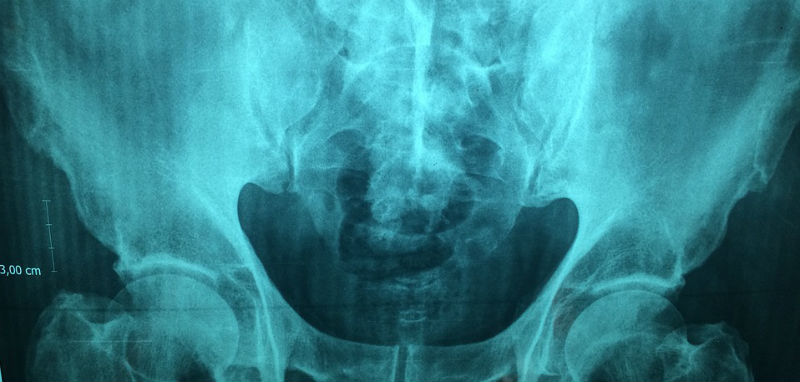
(Credit: Stock)
Since their discovery in 1895, X-rays have led to significant advances in science, medicine and industry. From probing distant galaxies to screening at airport security and facilitating medical diagnosis, they have allowed us to look beyond the surface and see what lies beneath.
Now, a collaboration between the A*STAR Singapore Institute of Manufacturing Technology (SIMTech) and the Massachusetts Institute of Technology (MIT) in the U.S. has proposed a versatile, directional X-ray source that could fit on a laboratory bench and is based on the intriguing two-dimensional material graphene.
X-rays are high-frequency electromagnetic waves that can be generated using X-ray tube technology or from huge sources like synchrotrons and kilometrelong free electron lasers.
But X-ray tube sources, popularly used in medical diagnostics, emit radiation in all directions, wasting a significant amount of the generated X-rays. They are also not ‘tunable’, meaning that a different X-ray source must be installed in a diagnostic device for each desired wavelength.
Kilometre-long free electron lasers, on the other hand, can produce intense, tunable X-rays by accelerating free electrons to extremely high energies and then causing them to “wiggle” using magnets. But these enormous X-ray sources only exist in a few places in the world and are housed in very large, expensive facilities.
An X-ray source that is both small and powerful has been much sought after for some time.
To this end, the team of SIMTech-MIT researchers employed graphene, a oneatom-thick sheet of carbon atoms, which, among other things, can support plasmons: collections of electronic oscillations that can be used to confine and manipulate light on scales of around ten nanometres.
The team first developed a robust simulation tool that models the exact physics of electrons interacting with a plasmon field sustained on a graphene sheet deposited on a piece of “dielectric”, or insulating, material. By performing numerical simulations, the team showed that this set-up induces a “wiggling” motion in electrons fired through the graphene plasmons, causing the electrons to produce high-frequency X-ray radiation. The simulations agreed with the analytical theory developed by the team to explain how electrons and plasmons interact to produce X-rays.
One standout characteristic of such a source will be its “pointability”, which will increase efficiency and hence reduce costs by ensuring that all the generated radiation goes where it’s intended. This will make the source promising for medical treatments as it could be used to target tumours more precisely and hence minimize damage to surrounding organs and cells.
Perhaps most attractive will be the source’s versatility. The output radiation frequency can be tuned in real time from longer infrared rays to shorter X-rays by modifying various elements of the source, such as the speed of the electrons, the frequency of the graphene plasmons and the conductivity of the graphene.
This flexible, compact source is promising as a cost-effective alternative to the high-intensity beams used for fundamental scientific and biomedical research.
“Although there is a long way to go to actual realization, this is a very exciting research direction,” says Liang Jie Wong from SIMTech. “Developing an intense X-ray source that can fit on a table or be held in one’s hand would potentially revolutionize many areas of science and technology.”
The team next plans to experimentally verify their concept with proof-of-principle trials.




